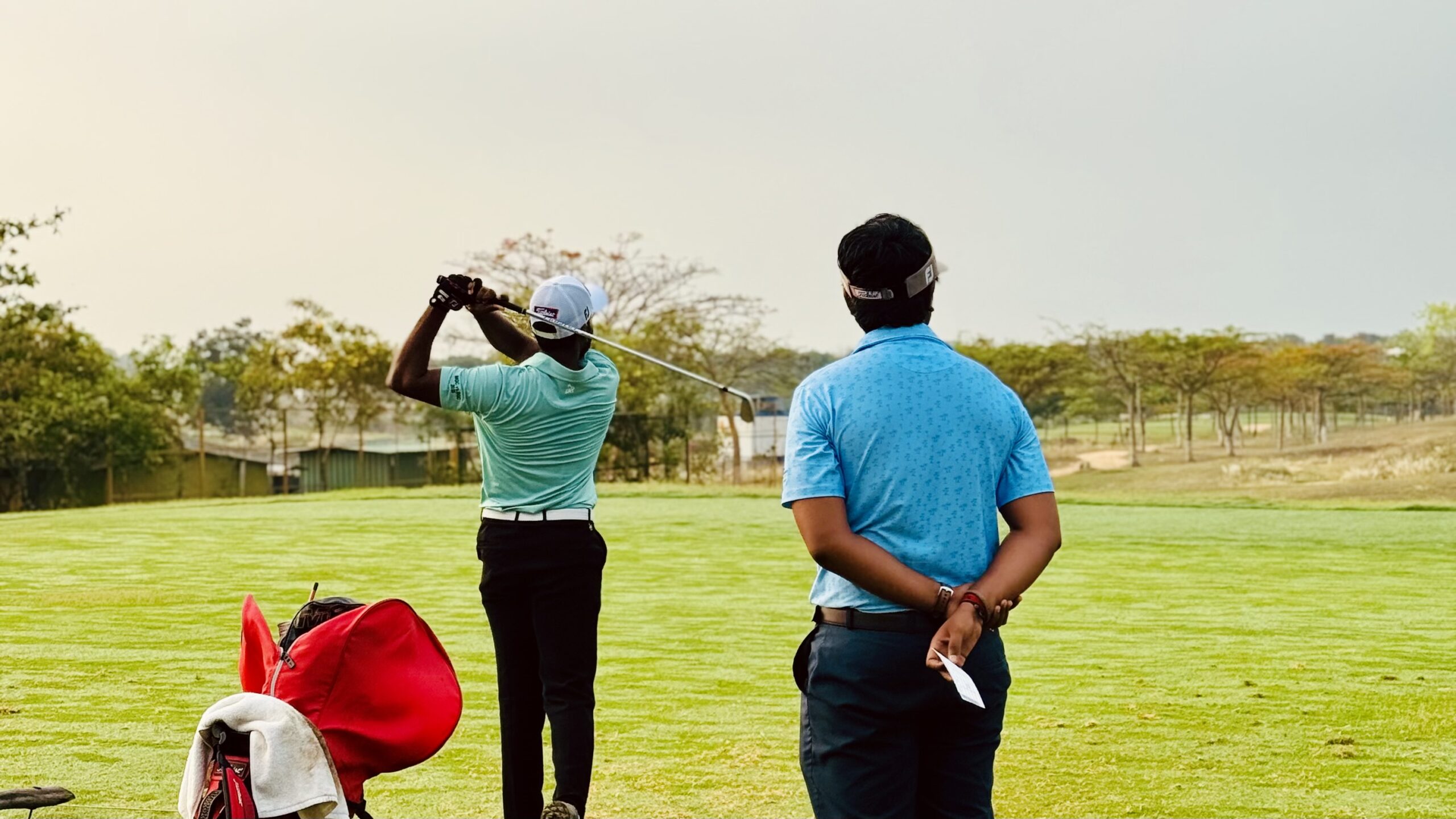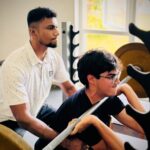In an engaging and thought-provoking session with prospective golfers, coaches Madhusudan and Hari addressed a vital query: What does it take to be a professional or collegiate golfer?
The goal of the lesson was to understand preparation, perspective, and priorities, rather than focusing on technical drills or competition victories. It forced each player to examine themselves and pinpoint the crucial components they felt would influence their ascent to the top.
Getting ready outside of the Practice Range
Just hitting balls on the range doesn’t really make you become a good golfer. “It’s not about the tournament—it’s about how and how much we prepare to get there,” Coach Madhusudan emphasized to set the tone of this journey which essentially involves the following aspects:
- Mental strength
- Physical fitness
- Structured practice
- Emotional discipline
- Goal setting
- Proper rest and recovery
- Course management
- Travel readiness
- Time management
- Healthy routines
The 100% Approach: What’s your Formula?
To ensure the sum equals 100%, each player was asked to list eight to ten elements they felt were essential to their development and assign a percentage to each one. Why? In the real world, each component plays a varied role based on the circumstances, the player’s abilities, and shortcomings.
The players came up will all sorts of different versions of their list from technique being on top for some, while for others it was mental strength and for yet some it was fitness. There is no correct answer or formula. Its an approach. You have to decide which one works for you. But you cannot ignore any aspect.
Success demands a combination—one that’s thoughtfully balanced and personalized.
The hidden factors that Matter
As the session progressed, more layers unfolded. The players also discussed the aspects they had initially missed— i.e., the factors that are often overlooked but play a vital role in shaping a professional golfer:
- Caddy-player communication
- Adaptability to weather and course conditions
- Discipline, punctuality, and attitude
- Coach-player relationship
- Strategic travel planning
- Club fitting and equipment
- Peer relationships and sportsmanship
Even the behavior a player conducts off the course—like how one treats teammates or reacts to setbacks—were highlighted as essential to a player’s humility and long-term success.
Goal Setting & Self-Awareness
As the session came to a close, the group was encouraged to establish specific, quantifiable objectives. Madhusudan emphasized on the importance of monitoring & development, identifying one’s strengths, and pinpointing areas that require additional attention for improvement. The percentage assignment by the coaches served as a tool to promote self-awareness and accountability of a player rather than just being a math exercise.
What comes next?
This was not a one-time encounter. It was only the start of something more deep. The “homework” assigned to the players was to go over their list of success elements again, assign meaningful percentages, and have a conversation with their coaches about it.
Does 40% fitness seem excessive or insufficient?
Instead of trying to find a universal solution, the goal is to assist each player in creating a successful strategy that is well-informed, comprehensive, and tailored to their unique perspective on the game.
Mastering one skill is not enough to become a professional golfer; you also need to master yourself. The journey is lengthy, but it is entirely achievable with clarity and dedication, and TSG is all here to guide you through your journey. This includes thinking, mobility, discipline, and diet. Every swing matters, but so does everything else, as this session served as a reminder.



